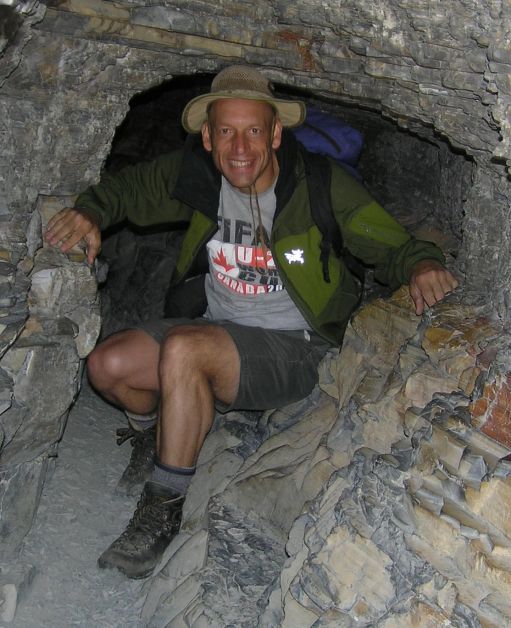
The February 9 session of the 2017 Royal Tyrrell Museum’s Speaker Series is a presentation by Dr. Jon Noad of Sedimental Services, entitled “Almost Like Being There: New Approaches to Deciphering Animal Behaviour from Trace Fossils.”
The study of ichnology, or trace fossils, is a fascinating field of geology that provides a window into the behaviour of ancient animals. While body fossils help us to understand the morphology of an animal, trace fossils (whether they are footprints, bite marks, or nests) provide evidence that allows us to make inferences about how they lived their lives. Ichnology’s modern counterpart, neoichnology, the study of extant (living) animal traces, demonstrates what types of traces may be preserved, as well as letting us watch how those traces are created.
Dr. Noad’s presentation will cover examples of trace fossils ranging from termite nests to shrimp burrows, bird feeding traces to fish fin marks, and even traces that are interpreted to be from dinosaur urination. It will encompass a wide variety of both invertebrates and vertebrates, from worms to dinosaurs to mammals. Once you see the amazing diversity of traces, each of which captures a unique aspect of animal activity, you will never look at a mark on the ground in quite the same way.
The Royal Tyrrell Museum’s Speaker Series talks are free and open to the public. They are held every Thursday until April 27 at 11:00 a.m. in the Museum auditorium. Speaker Series talks are also available on the Museum’s YouTube channel: youtube.com/user/RoyalTyrrellMuseum.





















